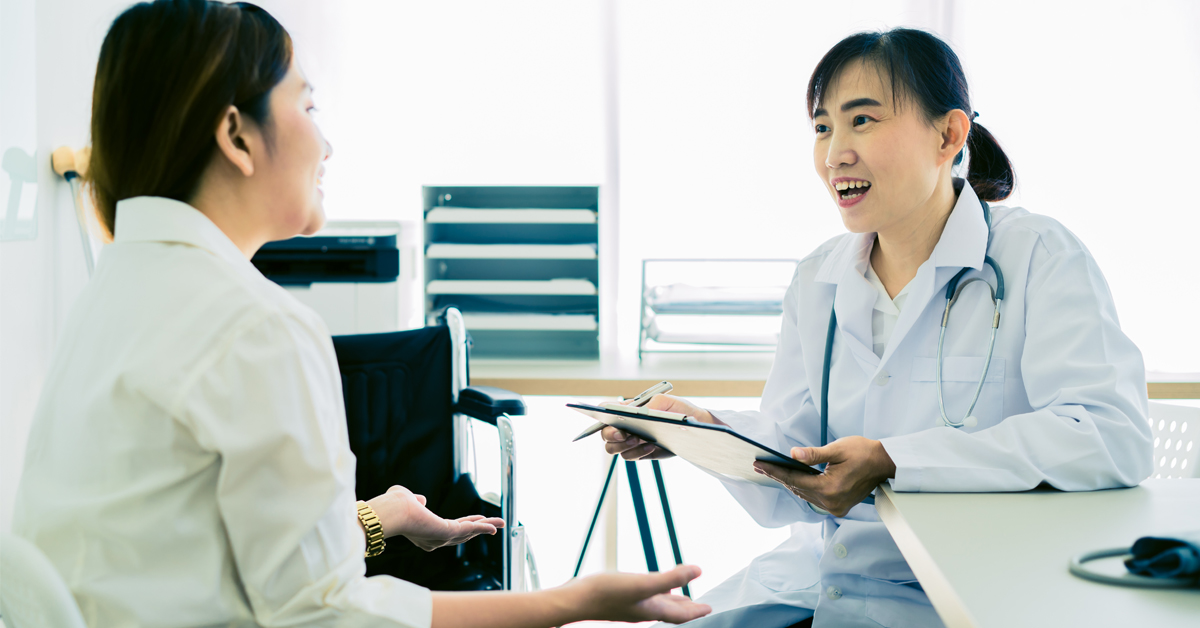
Changes to the National Cervical Screening Program from 1 July 2022 mean that eligible screeners can collect their own Cervical Screening Test sample.
What is changing?
Self-collection of a vaginal sample is now an option under the National Cervical Screening Program (NCSP). Available to all, it particularly aims to support and engage under-screened patients.
In Australia, the current participation rate in cervical screening is 46.3 per cent; 70 per cent of all cervical cancers occur in people who have never screened or are lapsed screeners. An Australian Department of Health assessment report found that people offered HPV testing using self-collected vaginal samples may be more than twice as likely to participate in cervical screening, compared with those offered testing through a clinician-collected sample.
Evidence supporting the change
Evidence shows that human papillomavirus (HPV) tests performed on self-collected vaginal samples are as safe and accurate as those performed on samples obtained by a clinician.
Expanding the self-collection policy will offer those participating in the NCSP a choice to screen using a self-collected vaginal sample or a clinician-collected sample.
Self-collection is expected to improve overall participation rates, especially in under-screened populations such as Aboriginal and Torres Strait Islander women, culturally and linguistically diverse women, and gender and sexually diverse people.
Still guided by a clinician
Both methods will still be accessed through a health care provider. By definition, a screening test is for asymptomatic patients. Access through a clinician ensures patients can still receive an examination or further investigations if they need them. For example, patients with abnormal symptoms still need an examination and an endocervical sample for liquid based cytology (LBC).
When is it the appropriate test to offer?
Self-collection is appropriate for any screening samples. It can be done as the 12-month follow-up test for previously detected non 16/18. However, if the test is positive LBC will then be required. This means 2 visits (see below).
Self-collection is not appropriate if the participant requires a co-test (HPV + LBC). See flow chart below.
What if HPV is detected on a self-collected test?
If a self-collected sample detects HPV, the next step is to return to collect a cervical sample for reflex liquid-based cytology via speculum examination. The rate of return tests detecting HPV is an estimated to be 6.5 per cent, reflecting the current proportion who test positive for HPV. Patients need to be counselled about the chance of needing a return visit when discussing the pros and cons of self-collected testing.
Practical tips
- Self-collection should be offered in-clinic wherever possible. This ensures the test is done. Offer a private space, such as a bathroom.
- Participants who may have difficulty, or are not confident, collecting a vaginal sample themselves may be assisted to do so by the health care provider. The health care provider may collect the sample on their behalf using a self-collection swab without using a speculum.
- A self-collected test can be used as the final exit test for those aged 70-75.
What do I need to do?
It’s worth considering the following:
- familiarise yourself with the updated guidelines and flowchart, linked below
- discuss the new guidelines at a clinical meeting
- check that your local pathology provider is processing self-collected samples
- check you have the appropriate swabs available
- provide some resources for patients on how to perform a self-collected sample
- consider a publicity campaign, perhaps using posters in waiting room, flyers to collect, or an email campaign to inform of the changes.
More information
- Australian Department of Health announcement
- Health Provider Tool Kit
- Information on the National Cervical Screening Program
- Clinical Guidelines
- National Screening Program Policy, which includes this handy flowchart (.pdf)
- Resources for patients:
HealthPathways Melbourne
Visit HealthPathways Melbourne for clinical guidance at the point of care for:
Are you a GP or health professional in our region who doesn’t have access to HealthPathways Melbourne? Request access online or contact info@healthpathwaysmelbourne.org.au




